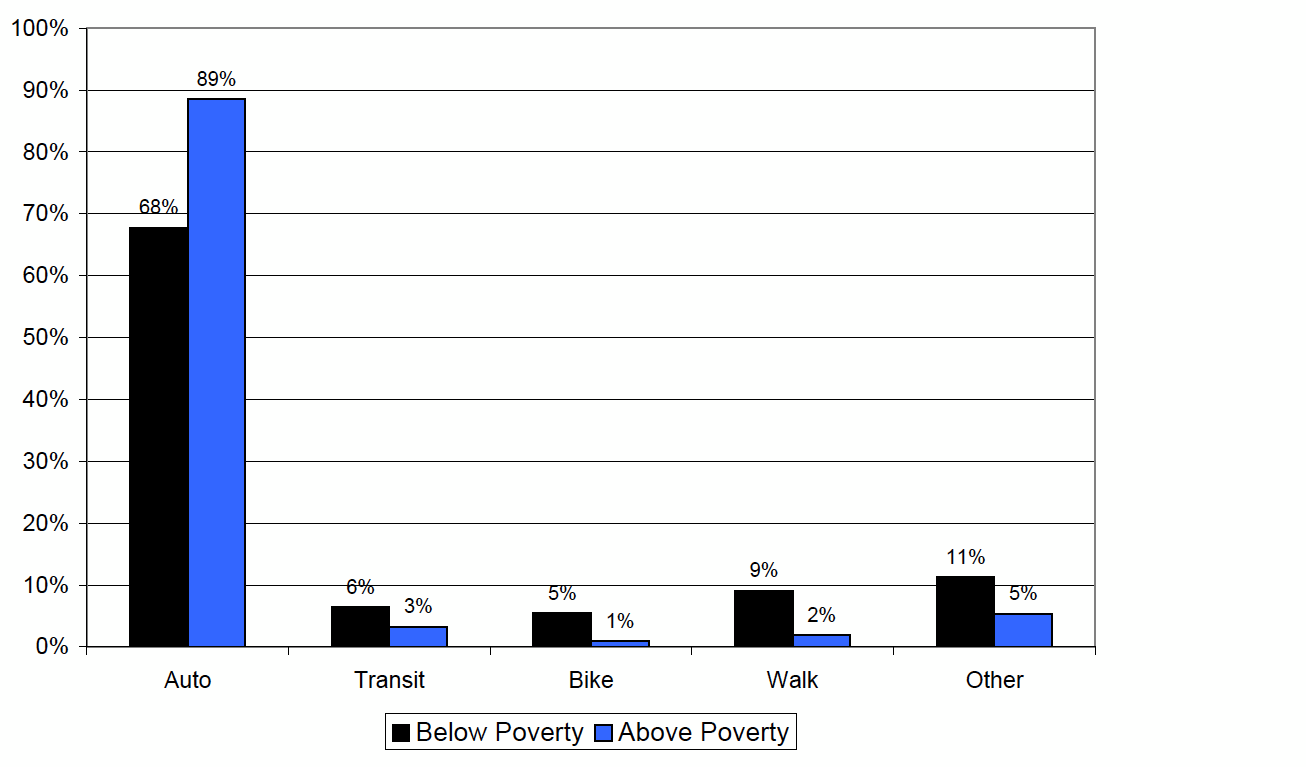MINETA TRANSPORTATION INSTITUTE
Executive Summary
Recent increases in fuel prices, combined with the deep downturn in the economy, have raised concerns among policymakers and advocates about the burdens of transportation costs on the poor. Moreover, low-income travelers have been at the center of recent debates over the fairness of proposed transportation finance instruments such as congestion pricing and gas-tax increases. Despite these concerns, relatively little is known about how low-income households manage their transportation costs while also preserving their desired level and quality of mobility. This study begins to fill that gap by exploring the challenges low-income residents face in covering their transportation costs.
Study Methods
The analysis is based on in-depth interviews with 73 low-income adults living in or near the City of San José, California, in the San Francisco Bay Area. The sample was diverse by many criteria, but overrepresented individuals who had extremely low incomes. (Some were homeless; many relied on food banks and/or public benefits and services.) The interviews centered around four general areas of interest: travel behavior and transportation spending patterns; the costs and benefits of alternative modes of travel; transportation cost management strategies; and opinions about the effects of changing transportation prices on travel behavior.
Findings
Key findings include the following:
1. Most low-income households are concerned about their transportation costs.
2. Low-income. individuals actively and strategically manage their limited household resources in order to survive and respond to changes in income or transportation costs. They do so by using strategies such as (a) modifications to travel behavior, (b) creative cost-covering strategies, (c) careful management of household expenditures, including transportation expenditures, and (d) reductions in discretionary spending.
3. In making mode-choice decisions, low-income travelers—like higher-income travelers—carefully evaluate the costs of travel (time and out-of-pocket expenses) against the benefits of each mode available to them.
4. Some interviewees were willing to accept higher transportation expenditures— such as the costs of auto ownership or congestion tolls—if they believed that they currently benefit or would potentially benefit from these increased expenses.
5. Although low-income households find ways to cover their transportation expenditures, many of these strategies create hardship.
Download full report (PDF): Getting Around When You’re Just Getting By
About Mineta Transportation Institute
www.transweb.sjsu.edu
“The Mineta Transportation Institute (MTI) was established by Congress in 1991 as part of the Intermodal Surface Transportation Efficiency Act (ISTEA) and was reauthorized under TEA-21 and again under SAFETEA-LU. The Institute is funded by Congress through the US DOT’s Research and Innovative Technology Administration, by the California Legislature through the Department of Transportation (Caltrans), and by other public and private grants and donations, including the U.S. Department of Homeland Security…MTI conducts research, education, and information and technology transfer focusing on multi-modal surface transportation policy and management issues.”
Tags: Mineta Transportation Institute, MTI, Poverty, San Jose







 RSS Feed
RSS Feed